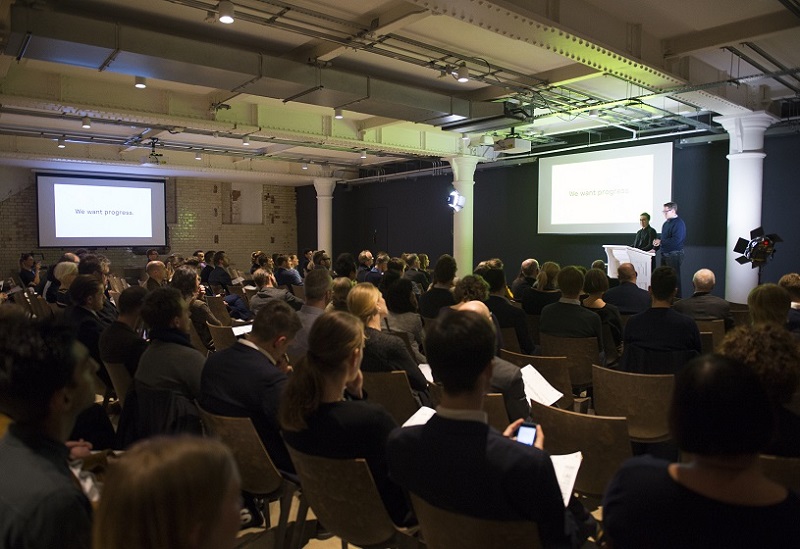UandI Think event - The Age of No Retirement
On January 26 2017, U+I held their first Think event of the year, ‘The Age of No Retirement’.
The main issue raised at the event was that the property sector is one of the worst performers in terms of how different generations value design, according to a new piece of research.
The study suggests that common assumptions and prejudices about age are largely wrong, and that different generations have more in common than many people think. This has implications for businesses, particularly those who have traditionally sought to market different products and services to different generations in different ways.
The finding comes from research by The Age of No Retirement (AoNR), strategy consultancy Flamingo and analytics specialists Tapestry Research, supported by the Big Lottery Fund.
A list of 10 Intergenerational Design Principles was devised by AoNR and Helen Hamlyn Centre for Design, to gauge how well sectors fare at producing products with cross-generational appeal:
- Safe and secure: Having rights of safety, privacy and information security looked after.
- Clear and intuitive: Being easy to understand, or easy to work out how to use.
- Free of time pressure: Optimising use of time, not being too slow or too fast.
- Delightful: Finding things pleasing, beautiful or enjoyable.
- Accessible: Being easy to find, reach or use either online or off.
- Human connection: Helping a sense of connection to other people.
- Flexibility: Being given choice, being easy to adapt and not punishing errors too harshly.
- Right effort: Either needing the right level of physical effort, mental effort or easy in terms of sight/sound, etc.
- Empowering: Feeling that things contribute to self and social worth, or that they help development and autonomy.
- Sustainable: Either in terms of environmental or economic development, durability, social unity or inclusivity.
The study found that housing and accommodation performs badly, particularly lagging behind on being accessible and clear and intuitive. The property sector was put on a par with public transport and hospitals.
The co-founder of AoNR, George Lee, said: “When we design well and get it right we all become enabled. Are you going to complain about technology which is too intuitive, customer service which is too helpful, packaging which is too easy to grip, financial products which are too comprehensible and homes which meet lifetime needs? We don’t think so.”
U + I’s Director of Communications and Business Services, Brenda Bates, added: “U+ I’s approach to regeneration is far more than just delivering buildings. As a developer it is our responsibility to continue curating unique and thoughtful places for all the people who will live, work and play there, for years to come.”
--U and I







